Mastering Cannabis Seed Germination: A Foolproof Guide for Success
The best cannabis seeds germination method ? Are you eager to start your cannabis cultivation journey but feeling overwhelmed by the prospect of seed germination? Fear not! With the right approach, germinating cannabis seeds can be a smooth and rewarding process, leading to healthy and robust plants. In this comprehensive guide, we’ll delve into the most successful germination method with minimal risk of failure: direct soil germination. By following these expert tips, you’ll set yourself up for success right from the start.
- Step 1: Seed Selection
- Step 2: Seed Preparation
- Step 3: Soil Preparation
- Step 4: Planting the Seeds
- Step 5: Creating the Ideal Environment
- Step 6: Providing Adequate Moisture
- Step 7: Ensuring Proper Air Circulation
- Step 8: Patience and Observation

Step 1: Seed Selection
Embarking on your cannabis cultivation journey is an exciting endeavor, but it all begins with selecting the right seeds. Seed selection is a crucial step that sets the foundation for the success of your entire growing operation.
First and foremost, prioritize acquiring seeds from a reputable breeders seed bank like Dutchfem Seeds. Established breeders adhere to rigorous standards of quality control, ensuring that the seeds you receive are viable, genetically stable, and free from contaminants. By choosing seeds from trusted sources, you significantly reduce the risk of encountering issues such as poor germination rates, genetic abnormalities, or hermaphroditism.
Dutchfem Seeds scores significantly higher than other seed banks on grower platforms and also gets much better reviews. Check these scores and reviews carefully and you will see where you can expect the best seeds and customer service.
When selecting cannabis seeds, consider factors such as your growing environment, available space, and desired effects. Are you planning to cultivate indoors or outdoors? Do you have limited space and require compact, bushy plants, or are you working with ample room for larger, more expansive varieties? Understanding your specific growing conditions will help you choose strains that thrive in your environment and produce optimal yields.
Furthermore, take into account the desired effects and characteristics of the strains you intend to grow. Whether you’re seeking the energizing effects of a sativa, the relaxing properties of an indica, or the balanced effects of a hybrid, there’s a wide array of strains to choose from. Consider factors such as THC and CBD content, aroma, flavor profile, and potential medicinal benefits when making your selection.
Investing in premium seeds may require a slightly higher upfront cost, but the dividends it pays in terms of quality, potency, and overall yield are well worth it. Remember, your cannabis plants can only be as good as the seeds from which they sprout, so take the time to research, choose wisely, and set yourself up for success right from the start.
In summary, when selecting cannabis seeds for germination, prioritize quality, reputation, and suitability to your specific growing conditions and desired effects. By starting with high-quality seeds from reputable breeders, you lay the groundwork for a successful and rewarding cultivation journey ahead.
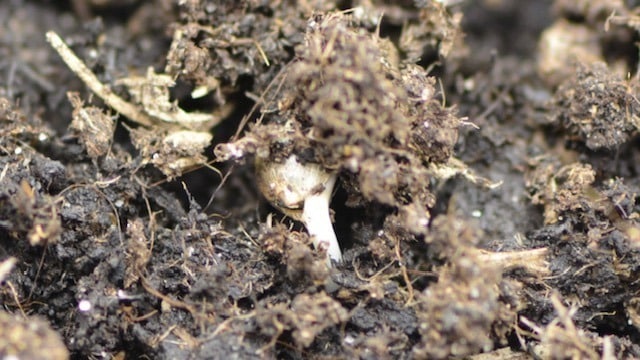
Step 2: Seed Preparation
Once you’ve carefully selected your cannabis seeds, it’s time to give them a head start on their journey to becoming thriving plants. Seed preparation is a critical step that can significantly influence the success of the germination process. One of the most effective methods to kick-start germination is by soaking the seeds in warm water.
Begin by gathering your selected cannabis seeds and a clean container. Fill the container with lukewarm water, ensuring that the temperature is around 26°C (approximately 78°F). It’s essential to use water at the right temperature to avoid shocking the seeds, which could inhibit germination.
Place the cannabis seeds gently into the warm water, ensuring that they are fully submerged. Allow the seeds to soak for approximately 24 hours, giving them ample time to absorb moisture and soften their seed coats. This process, known as scarification, helps to break down the protective outer layer of the seed, allowing moisture and oxygen to penetrate more easily and kick-starting the germination process.
During the soaking period, it’s essential to monitor the water temperature and ensure that it remains consistent. Avoid using water that is too hot or too cold, as extreme temperatures can damage the seeds and reduce their viability.
After 24 hours have elapsed, carefully remove the cannabis seeds from the water using a fine sieve or strainer. Gently pat them dry with a clean paper towel to remove any excess moisture, being careful not to damage the delicate seedlings that may have begun to emerge.
With their seed coats softened and primed for germination, your cannabis seeds are now ready to be planted in the soil. By following this simple yet effective seed preparation method, you give your seeds the best possible chance of germinating successfully and growing into healthy, robust plants.
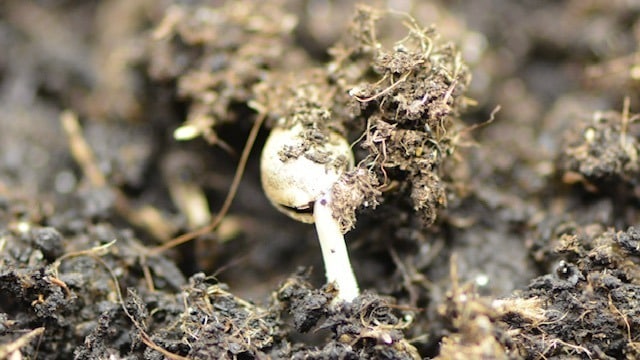
Step 3: Soil Preparation
Before planting your prepared cannabis seeds, it’s crucial to ensure that they have the best possible growing medium to thrive in. Soil preparation plays a pivotal role in providing the optimal environment for seed germination and subsequent plant growth. Here’s how to prepare your soil for successful cannabis cultivation:
- Choose the Right Potting Mix: Opt for a well-draining potting mix specifically formulated for cannabis cultivation. Sift coarse soil first so that you are left with a fine soil that coats the seeds well, allowing them to germinate and emerge more easily. Alternatively, you can create your own mix by combining high-quality soil with coco coir. high-quality soil helps improve soil aeration and drainage, while coco coir retains moisture and provides a stable substrate for root growth.
- Select a Clean Container: Use a clean container that is appropriately sized for the number of seeds you plan to germinate. Ensure that the container has drainage holes at the bottom to prevent waterlogging, which can lead to root rot and other issues.
- Moisten the Soil: Before filling the container with soil mix, moisten it slightly to ensure that it’s damp but not waterlogged. Avoid using excessively wet soil, as this can lead to poor germination and fungal growth. The soil should have a crumbly texture and hold its shape when squeezed, but not release excess water.
- Fill the Container: Once the soil is moistened to the right consistency, fill the clean container with the soil mix, leaving a small gap between the top of the soil and the rim of the container. This allows room for watering and prevents soil spillage.
- Ensure Airy and Loose Texture: Lightly fluff the soil with a hand trowel or fork to create an airy and loose texture. This promotes better root penetration and prevents compaction, which can hinder seedling growth. Avoid packing the soil too tightly, as this can restrict root development and drainage.
- Check Moisture Levels: After filling the container with soil, check the moisture levels by pressing your finger into the soil surface. It should feel slightly damp but not soggy. Adjust the moisture level as needed by adding more water or allowing excess water to drain away.
By following these steps, you’ll create the perfect growing environment for your cannabis seeds, setting the stage for successful germination and healthy plant development. Remember to maintain proper moisture levels and provide adequate airflow to ensure optimal growing conditions throughout the germination process.
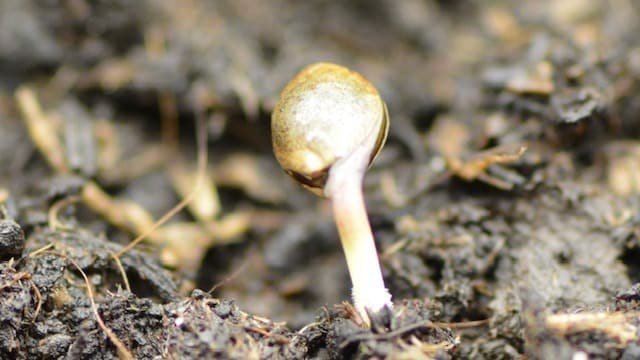
Step 4: Planting the Seeds
With your cannabis seeds prepped and your soil ready, it’s time to embark on the exciting step of planting them. Proper planting ensures that your seeds have the best chance of germinating successfully and developing into healthy seedlings. Here’s how to plant your cannabis seeds with precision and care:
- Timing is Key: After soaking your cannabis seeds for approximately 24 hours, they are primed for planting. Timing is crucial, so ensure that your soil is prepared and ready for planting before the seeds finish soaking.
- Planting Depth: Carefully plant each cannabis seed approximately 0.5 cm (about a quarter of an inch) deep into the soil. Use your fingertip or a small tool to create small indentations in the soil, spaced according to the recommended planting distance for your chosen strain.
- Handle with Care: Gently handle the cannabis seeds to avoid damaging them during the planting process. Seeds are delicate, and rough handling can compromise their viability and germination potential.
- Ensuring Good Contact: Once the indentations are made, carefully place each seed into its designated hole, taking care not to bury it too deeply. Lightly cover the seeds with a thin layer of soil, ensuring good seed-to-soil contact while still allowing the seeds access to oxygen for respiration.
- Even Spacing: Space the seeds evenly within the container to prevent overcrowding and competition for resources as they grow. Proper spacing allows each seedling ample room to develop a healthy root system and foliage without being hindered by neighboring plants.
- Labeling: Consider labeling each seed or row with the strain name or any other relevant information using plant markers or labels. This helps you keep track of different varieties and ensures proper care and monitoring throughout the germination and growth stages.
- Watering: After planting, gently water the soil with warm water ( 26°C approximately 78°F) to settle it around the seeds and provide moisture for germination. Use a fine mist or a gentle stream of water to avoid displacing the seeds or compacting the soil.
By following these steps with care and attention to detail, you’ll give your cannabis seeds the best possible start in their journey to becoming thriving plants. Remember to maintain consistent moisture levels and provide appropriate lighting and temperature conditions to support healthy germination and seedling development.
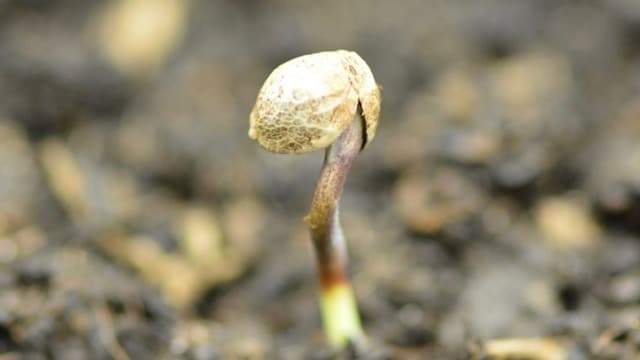
Step 5: Creating the Ideal Environment
Creating the perfect environment is essential for encouraging successful germination of your cannabis seeds. To kick-start the germination process and ensure optimal conditions for seedling development, follow these steps to create an ideal environment:
- Warmth: Cannabis seeds germinate best in a warm environment. Maintain a consistent temperature of around 26°C (approximately 78°F) to provide the seeds with the warmth they need to sprout. You can achieve this by placing the container in a warm, draft-free location indoors.
- Humidity: High humidity is crucial for seed germination, as it helps to keep the seeds moist and promotes the softening of the seed coat. Cover the container with a plastic kitchen foil or place it in a closed container to create a humid microclimate around the seeds. This traps moisture and prevents it from evaporating too quickly, ensuring that the seeds remain hydrated throughout the germination process.
- Consistency: Maintain a consistent environment by monitoring temperature and humidity levels regularly. Avoid sudden fluctuations in temperature or humidity, as these can stress the seeds and hinder germination. Keep the container in a stable environment away from direct sunlight and drafts to promote steady growth.
By creating the ideal environment with the right combination of warmth and humidity, you’ll provide your cannabis seeds with the perfect conditions for successful germination and healthy seedling development. Keep a close eye on environmental conditions and make adjustments as needed to ensure the best possible outcomes for your plants.
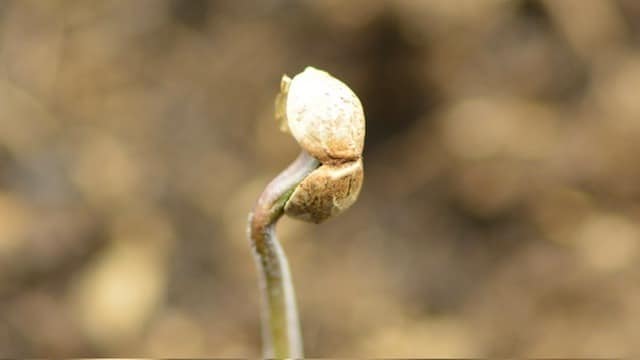
Step 6: Providing Adequate Moisture
Moisture management is critical during the germination process to ensure that cannabis seeds have the right conditions for sprouting and early growth. While maintaining proper moisture levels is essential, it’s equally important not to overwater, as this can lead to issues such as root rot and damping off. Here’s how to provide adequate moisture without drowning your seeds:
- Monitoring Soil Moisture: Keep a close eye on the moisture level of the soil throughout the germination process. Check the soil regularly by gently pressing your finger into the top layer. The soil should feel moist but not waterlogged. If it feels dry to the touch, it’s time to water.
- Using Warm Water Sparingly: When watering your cannabis seeds, use warm water sparingly to avoid shocking the seeds or causing waterlogging in the soil. Lukewarm water around 26°C (approximately 78°F) is ideal for maintaining optimal soil moisture levels without compromising seed health.
- Watering Technique: Employ a gentle watering technique to ensure that the seeds and delicate seedlings are not disturbed. A spray bottle or fine mist nozzle on a watering can can be particularly useful for evenly distributing water over the soil surface without creating too much disturbance.
- Moistening as Needed: As the soil dries out, moisten it gradually by watering around the base of the seedlings. Avoid watering directly onto the seeds, as this can dislodge them or lead to uneven moisture distribution. Instead, aim to keep the soil evenly moist without saturating it. Consistency is key when it comes to watering cannabis seeds. Aim to water the soil whenever it begins to feel dry to the touch, but avoid overwatering or allowing the soil to dry out completely between waterings. Maintaining a consistent moisture level helps promote healthy germination and seedling development.
By providing adequate moisture without overwatering, you create the perfect balance for cannabis seeds to germinate and thrive. With careful attention to soil moisture levels and watering technique, you’ll set your seeds up for success and ensure a strong start to your cannabis cultivation journey.
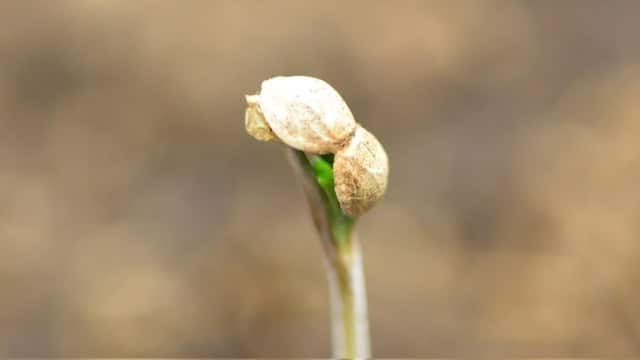
Step 7: Ensuring Proper Air Circulation
While maintaining high humidity is crucial for successful germination, it’s equally important to ensure proper air circulation to prevent the onset of mold and fungal issues. Adequate airflow helps maintain a healthy growing environment and reduces the risk of pathogens that can harm your cannabis seeds. Here’s how to ensure proper air circulation during the germination process:
- Ventilation: Ensure that the container in which your cannabis seeds are germinating has some form of ventilation. This could be in the form of small holes or gaps in the lid or cover, allowing air to flow in and out of the container. Adequate ventilation helps prevent the buildup of stale air and promotes the exchange of oxygen and carbon dioxide, essential for seedling growth.
- Periodic Air Exchange: If your container is completely sealed, such as when using plastic kitchen foil, it’s essential to periodically remove the cover to allow fresh air to circulate. This could be done once or twice a day for a few minutes each time. During these intervals, gently lift the cover or lid to allow fresh air to enter the container, then replace it securely afterward.
- Avoiding Excessive Condensation: While maintaining high humidity is important, be cautious of excessive condensation buildup inside the container. If you notice excessive moisture accumulating on the walls or lid of the container, it’s a sign that airflow may be insufficient. Wipe away any excess condensation and adjust ventilation as needed to promote proper airflow and prevent mold growth.
- Positioning: Choose an appropriate location for germinating your cannabis seeds, ensuring adequate airflow around the container. Avoid placing the container in areas with stagnant air or poor ventilation, such as in a closed cupboard or near heat sources. Instead, opt for a well-ventilated area with good air circulation to promote optimal germination conditions.
By ensuring proper air circulation throughout the germination process, you create a healthier growing environment for your cannabis seeds and reduce the risk of mold and fungal issues. Incorporating these practices into your germination routine helps set the stage for successful seedling development and ensures a strong start to your cannabis cultivation journey.
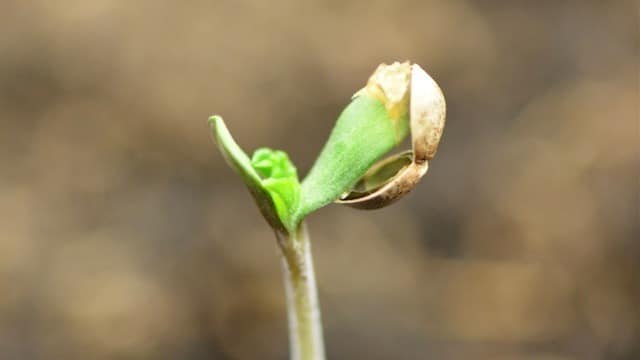
Step 8: Patience and Observation
Germination is a natural process that requires time, patience, and careful observation. While some cannabis seeds may sprout within a few days, others may take a week or even longer to show signs of life. Environmental factors such as temperature, humidity, and seed quality can influence the germination timeline.
During this waiting period, it’s essential to exercise patience and resist the urge to disturb the seeds unnecessarily. Instead, maintain a watchful eye on the soil, checking regularly for any signs of sprouting. Look for small cracks in the soil surface or the emergence of tiny seedlings, indicating that germination has begun.
Once the cannabis seeds have germinated and seedlings have emerged, it’s time to gradually remove any covers or lids from the germination container. This allows the seedlings to acclimate to their new environment and reduces the risk of damping off or mold issues associated with excessive humidity.
Continue to provide optimal growing conditions for the seedlings, including adequate light, moisture, and airflow. Monitor the progress of the seedlings closely, observing their growth and development over time. With patience, careful observation, and proper care, your cannabis seedlings will flourish and grow into healthy, robust plants ready for the next stage of cultivation.
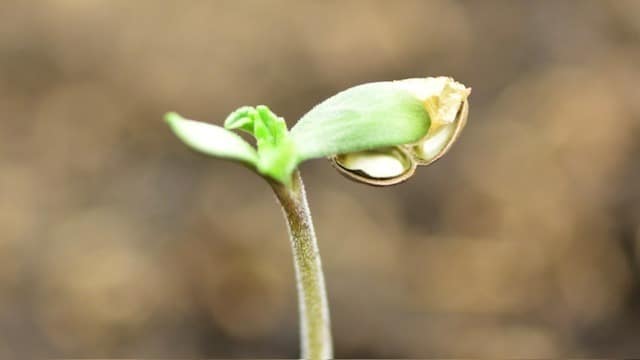
Why Choose Direct Soil Germination for Cannabis Seeds?
Direct soil germination offers several advantages that make it the preferred method for many cannabis cultivators:
- Reduced Risk of Transplant Shock: By planting seeds directly into the soil, you eliminate the need for transplanting, reducing the risk of shock and damage to delicate seedlings.
- Natural Growing Environment: Direct soil germination mimics the natural growing conditions of cannabis plants, leading to stronger root development and healthier growth.
- Cost-Effective: This method requires minimal equipment or specialized materials, making it a budget-friendly option for both beginner and experienced growers.
In Conclusion
With the direct soil germination method and a little patience, you can kick-start your cannabis cultivation journey with confidence. By following the steps outlined in this guide, you’ll be well on your way to growing healthy and vibrant cannabis plants from seed to harvest. So roll up your sleeves, get your hands dirty, and watch as your cannabis seeds sprout into thriving plants under your care. Happy growing!
Read here why we strongly advise against the wet tissue method: https://www.dutchfem.com/dont-do-wet-tissue-germination-method/
Germinating on Hydro substrate
The most used methods for Germinating cannabis seeds



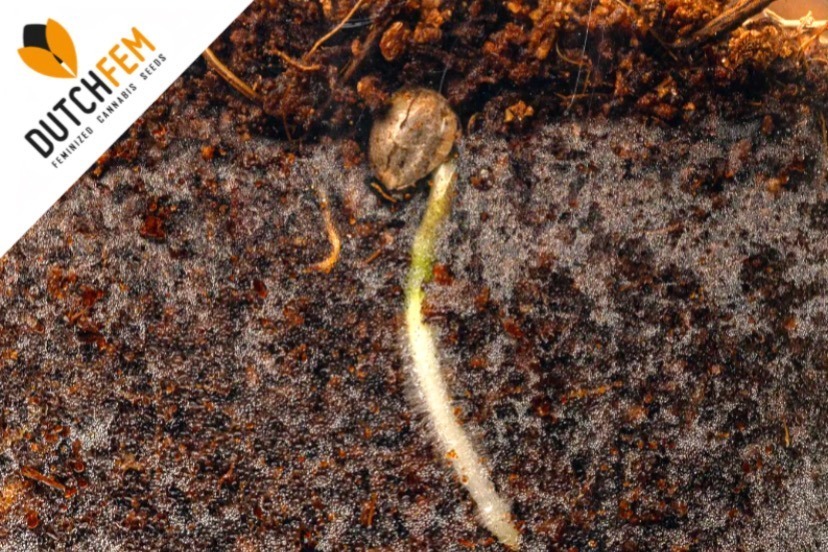
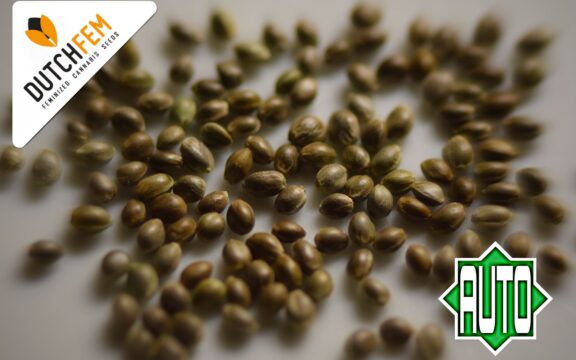
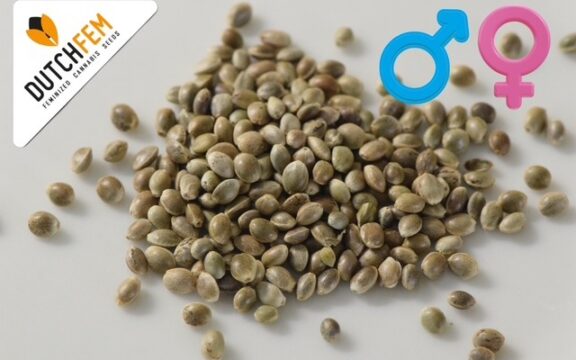
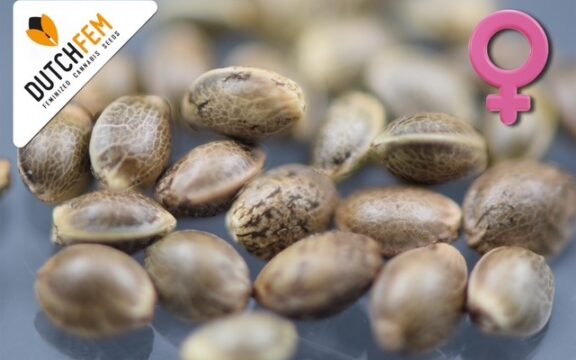

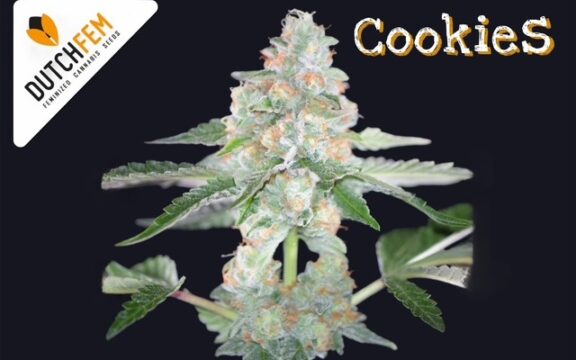




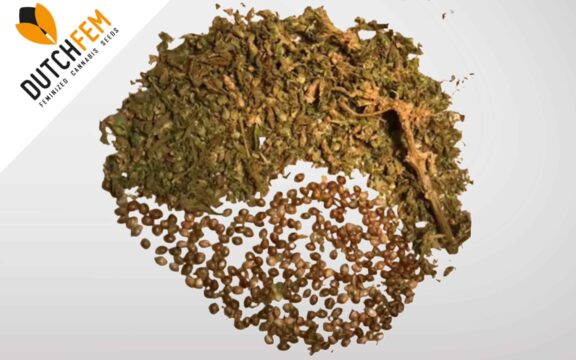





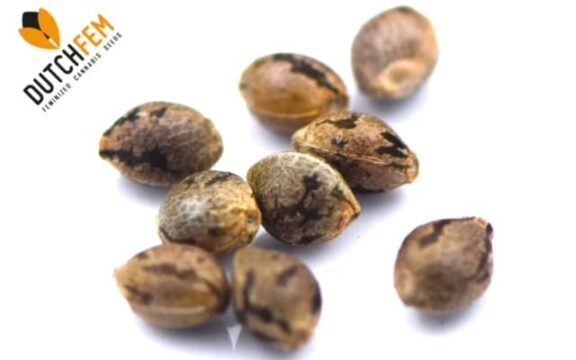
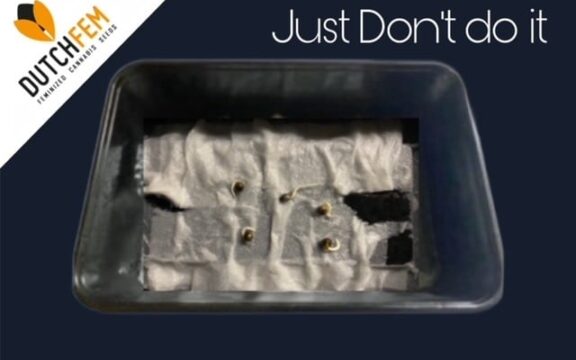






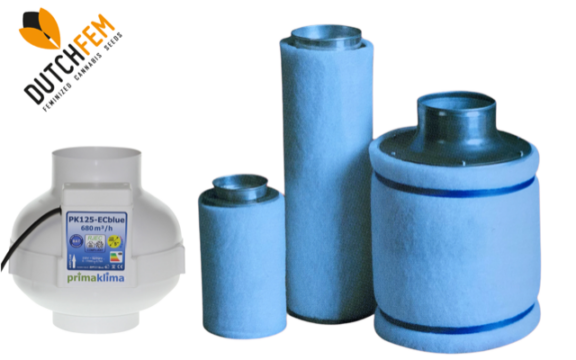



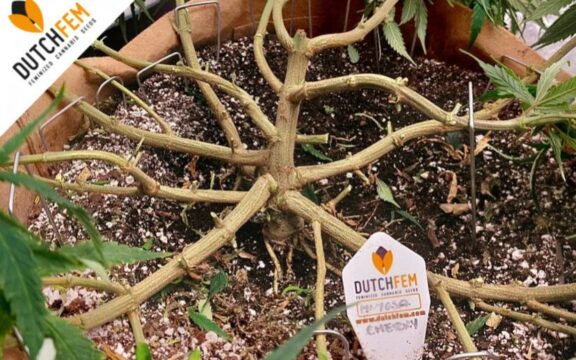




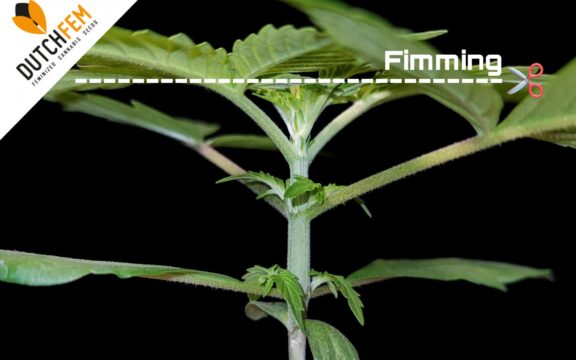


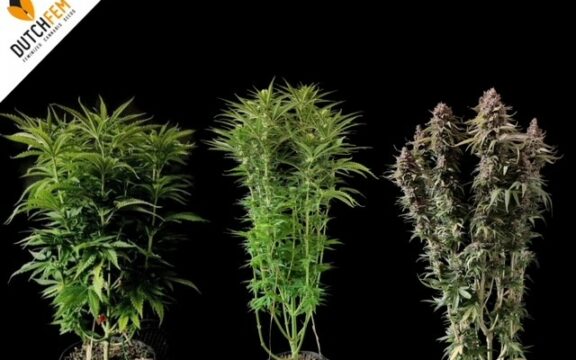





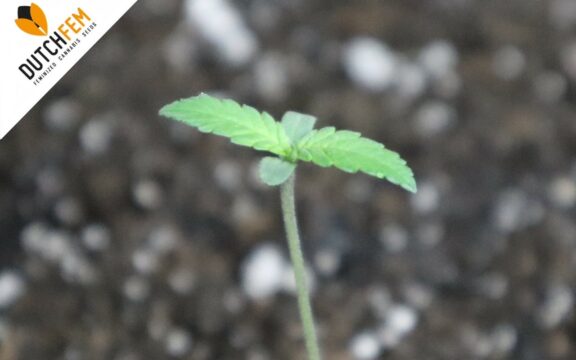

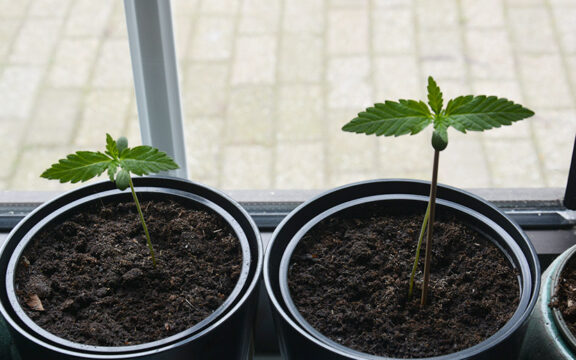
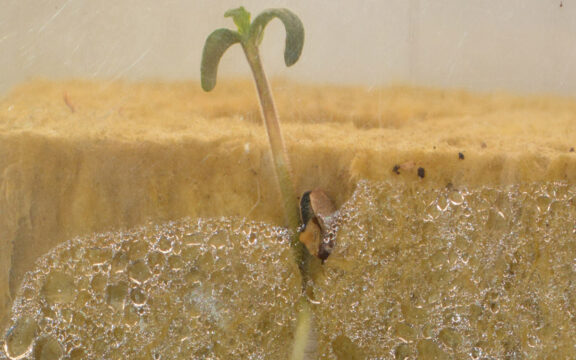




You must be logged in to post a comment.